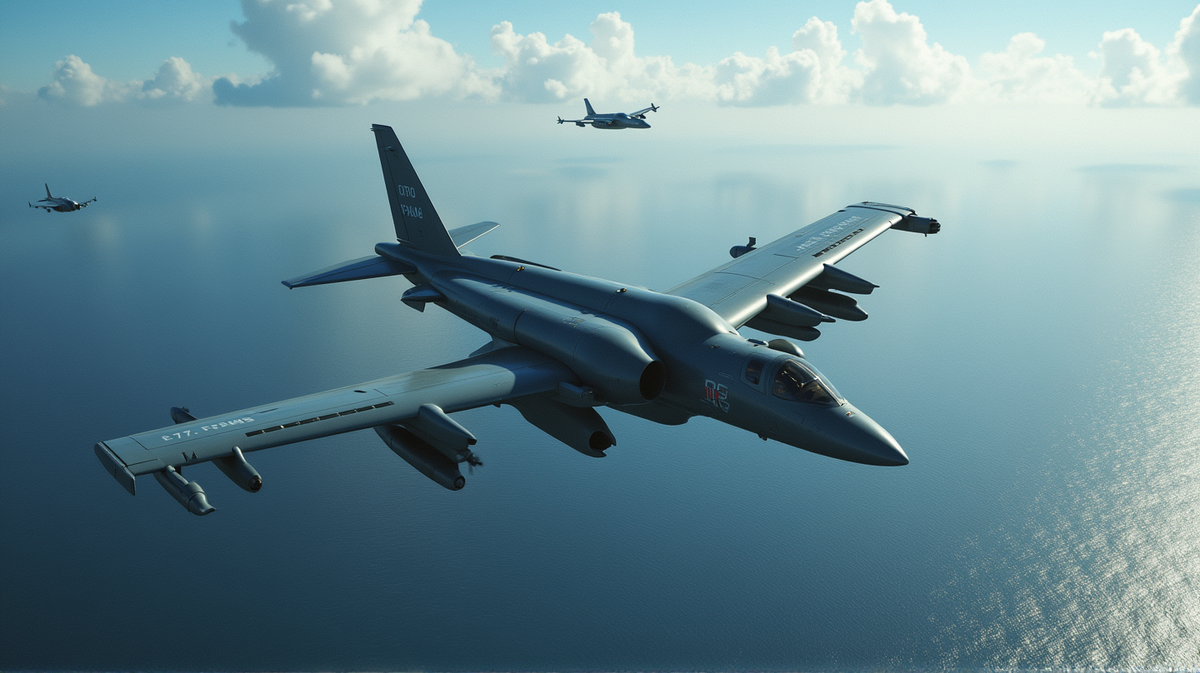Revolutionary Air Mobility Tech in the Pacific: Future of Warfare?
The U.S. military’s Pacific exercise reveals cutting-edge communication technology, redefining troop coordination over expansive distances.

In the vast reaches of the Pacific, a transformative military scenario is unfolding, one that might just redefine how the United States tackles looming threats. As a part of a monumental exercise, the U.S. military is testing state-of-the-art communications equipment intended to ensure seamless coordination of large-scale troop movements. This exercise, Mobility Guardian, spearheaded by the Air Mobility Command, could be a game-changer for air operations in regions as challenging as the Pacific.
Ensuring Flexibility through Cutting-Edge Communication
General John Lamontagne articulates it perfectly, “Flexibility is the key to air power.” This flexibility is crucial, especially with the unpredictable challenges the U.S. Air Force might face in a potential conflict with China. The new communication technologies could bridge the gap, ensuring data is flawlessly shared among aircraft, even without visual contact.
Unprecedented Scale of Operations
This year’s Mobility Guardian witnessed about 85 aircraft and over 2,245 Airmen in action, achieving a stunning movement of 7,000 troops and 5,000 tons of equipment across vast stretches of the ocean. This year’s exercise, part of the inaugural Department-Level Exercise (DLE), showcased the collaborative might of not just the Air Force, but its allied forces as well.
Game Changer: The ATOMS Technology
Central to this technological revolution is the Airlift Tanker Open Mission Systems (ATOMS) kit—an innovation that’s already transforming operations. Captains like Milton Doria are already extolling its virtues, emphasizing its role in fostering real-time communication between the air and ground teams. For pilots like Lt. Col. James Vanderneck, who adeptly managed airlift missions across challenging Pacific islands, ATOMS not only maintained operational continuity but also ensured mission success.
The Human Element: Challenges and Triumphs
While machines enhance capabilities, the human tenacity remains pivotal. With ongoing global tensions, from the Middle East to Europe, striking a balance for sufficient aircraft availability remains challenging. Yet, as Lamontagne emphasizes, the rigorous training and collaboration witnessed here fortify readiness, nurturing a robust and vigilant air force ready to counter any adversity.
Strategic Investments and Their Implications
This exercise isn’t just about maneuvers; it’s a blueprint for the future. Insights gained here can impact larger procurement strategies. The RTIC program, with its ambitious budget and functional objectives, promises to embed these communication advancements deeply within Air Force operations. As the military appetite for cutting-edge tech grows, so will the sophistication of their defense mechanisms.
The U.S. military’s Pacific maneuvers are a compelling narrative of strategy, innovation, and preparedness. By embracing advanced technologies like ATOMS, the armed forces are not only addressing today’s constraints but are also setting the stage for future operational superiority.





